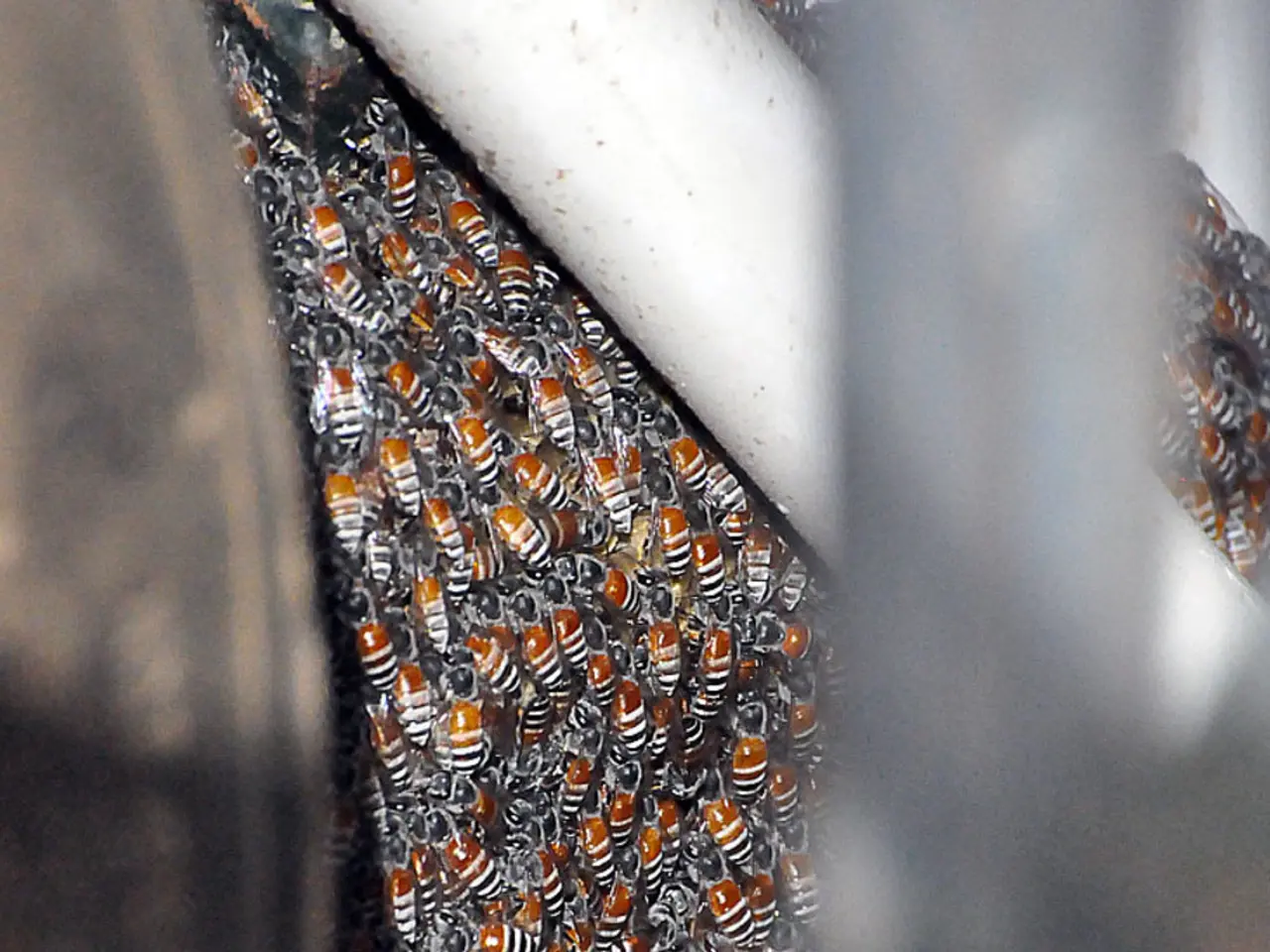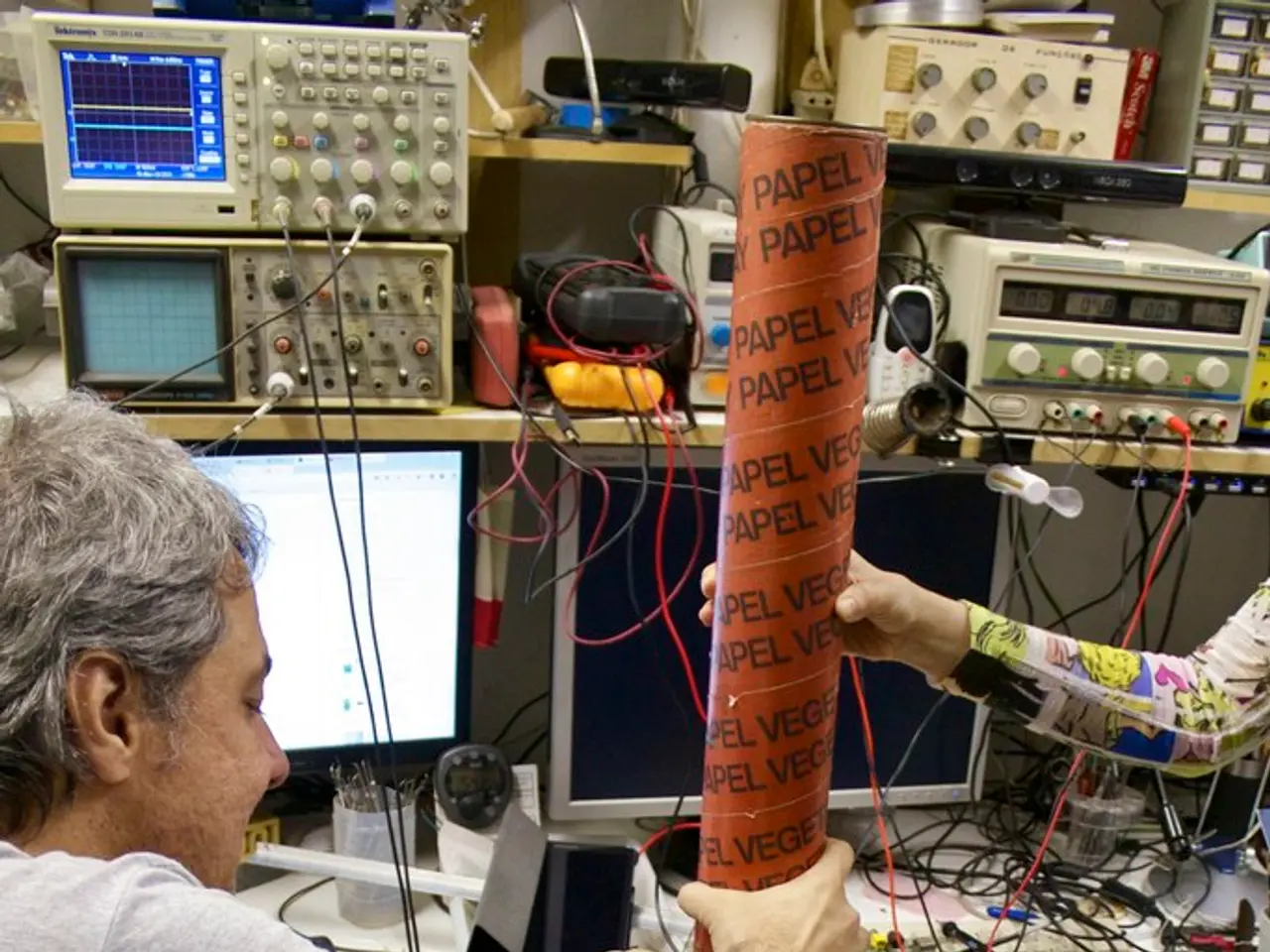Chocolate cyst: Causes, manifestations, and remedies
Chocolate cysts, also known as endometriomas, are noncancerous ovarian growths that have a distinctive "chocolate" appearance due to their dark, old blood-filled sacs. These cysts are commonly associated with Endometriosis, a condition where tissue similar to the lining inside the uterus grows outside it.
### Causes and Development
Chocolate cysts develop when endometrial tissue grows on the ovaries and forms cysts filled with degraded blood. The cysts form when menstrual blood is trapped and cannot drain properly, resulting in the buildup of blood inside the ovary.
### Symptoms
Many women with chocolate cysts experience pelvic pain, especially during menstruation or sexual intercourse. Other symptoms can include irregular periods, pain during bowel movements or urination, and sometimes infertility. Some cysts may be asymptomatic and discovered incidentally during imaging for other reasons.
### Treatments
Treatment for chocolate cysts depends on symptoms and reproductive goals. Medical treatments often involve hormonal therapies to suppress the growth of endometrial tissue and reduce cyst size and pain. Pain management is also critical. Surgical removal is recommended for cysts larger than 4–5 cm or causing significant symptoms. Surgery aims to remove the cysts while preserving ovarian tissue, but techniques vary in how well they protect the ovarian reserve.
### Impact on Fertility
Chocolate cysts are linked to infertility because they can affect ovarian function and damage the ovarian reserve, the number and quality of a woman’s eggs. They may also cause inflammation and scarring that affect the fallopian tubes and pelvic anatomy, further impairing fertility. Treatment decisions balance symptom relief and fertility preservation, with careful surgical techniques used to minimize damage to ovarian tissue.
It is essential for individuals with a history of endometriomas or endometriosis to discuss the benefits and risks of surgery with a healthcare professional. A fertility specialist may be able to offer a treatment plan customized for the individual. Ultrasound imaging can suggest a cyst is an endometrioma, but a conclusive diagnosis requires examination under a microscope.
Chocolate cysts can also make it harder for the ovaries to produce healthy eggs, which can decrease the chances of pregnancy. Between 20 and 40 percent of people with endometriosis develop chocolate cysts. Large ovarian cysts that appear to be endometriomas may be cancerous and may be removed if they are larger than 4 centimeters or growing.
Genetics, retrograde menstrual flow, immune disorders, injuries, and certain other factors can increase the risk of endometriosis and chocolate cysts. Diagnosis of chocolate cysts requires examination with an ultrasound and analysis of the tissue under a microscope. Endometrial tissue can grow on the ovaries, fallopian tubes, and nearby organs.
The link between endometriosis and infertility is not entirely clear, but endometrial growths and endometriomas may trigger inflammation that makes it harder for a fertilized egg to implant in the uterus. People with endometriosis should talk to a doctor if their symptoms get worse or if they have trouble becoming pregnant.
- The endometrial tissue growth on the ovaries that results in chocolate cysts can also influence the development of ovarian cancer.
- In the realm of health-and-wellness, it's crucial for women to be aware of the potential mental-health implications of dealing with ovarian cysts, as the condition may cause stress and anxiety.
- With the advancements in science, researchers continue to explore new treatments to manage and prevent the growth of chocolate cysts in women's health.
- Many with Endometriosis may experience MS (menstrual symptoms) worsening over time, which can lead to increased pain and discomfort, necessitating a consultation with a healthcare professional.
- Women who have undergone surgery to remove chocolate cysts should diligently maintain their mental-health and women's health through routine checkups and adherence to a health-and-wellness lifestyle.
- Notably, Endometriosis and its associated chocolate cysts can affect not only reproductive health but also overall well-being, reinforcing the importance of regular medical screenings and open dialogue between patients and healthcare providers.




